Other Parts Discussed in Thread: THP210, , THP210EVM, OPA2210
OPA1637 and THP210 on a dual 18V supply have a swing that will allow for 12.5Vrms. The data sheet for the OPA1637 cites the ability to put out 24dBm, but no conditions are cited, and the THD+N vs output voltage plot ends at 10Vrms.
So. What is the distortion like for either amp at 12.5Vrms, into 10K, 2K, or 600 ohms?


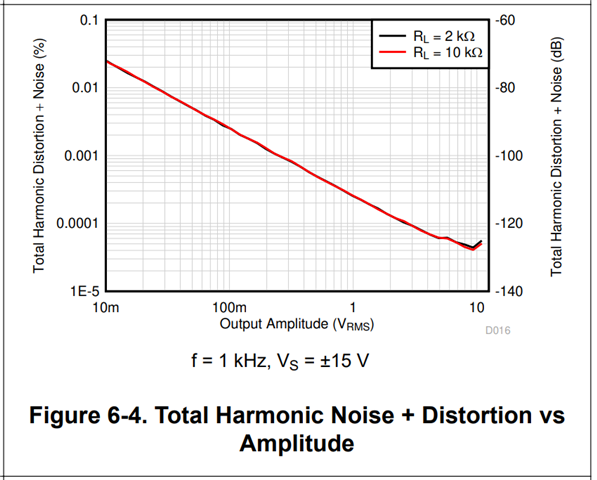


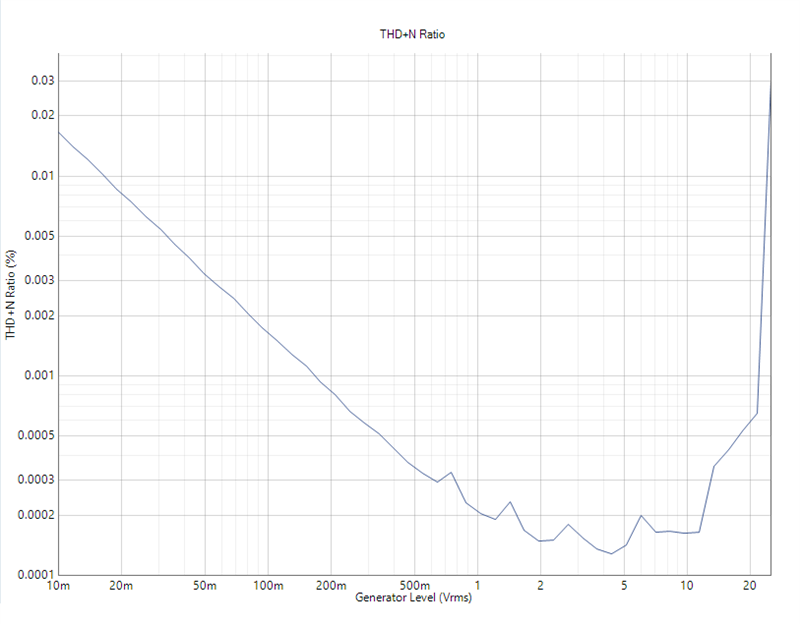
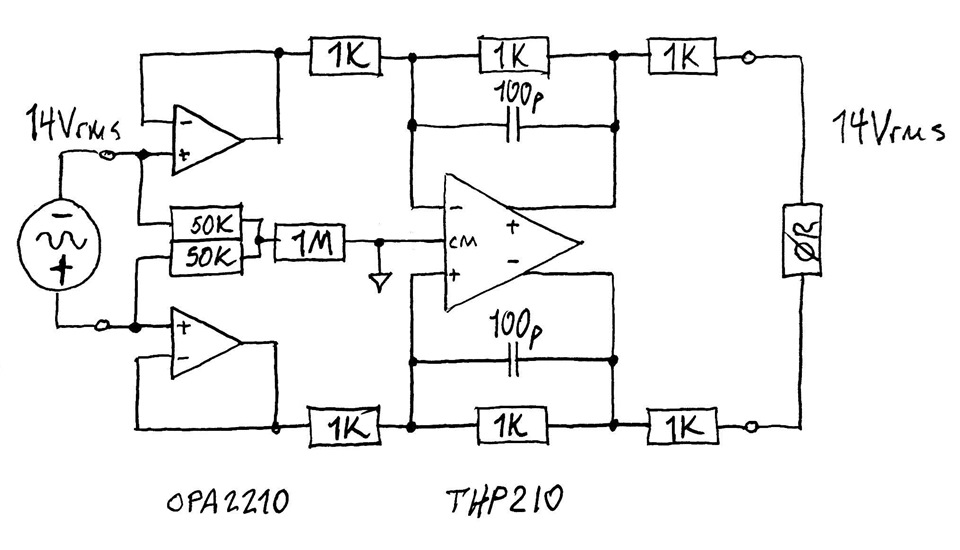
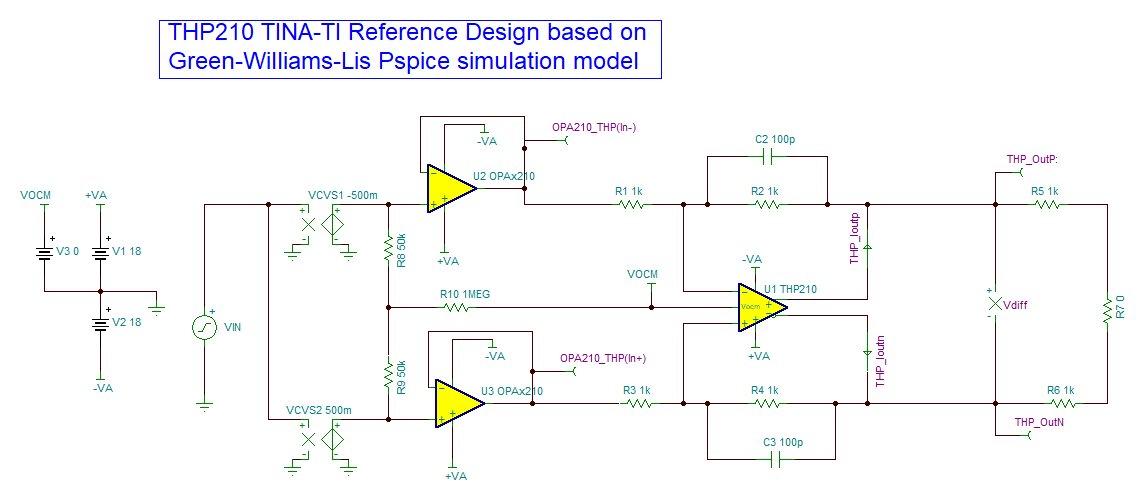
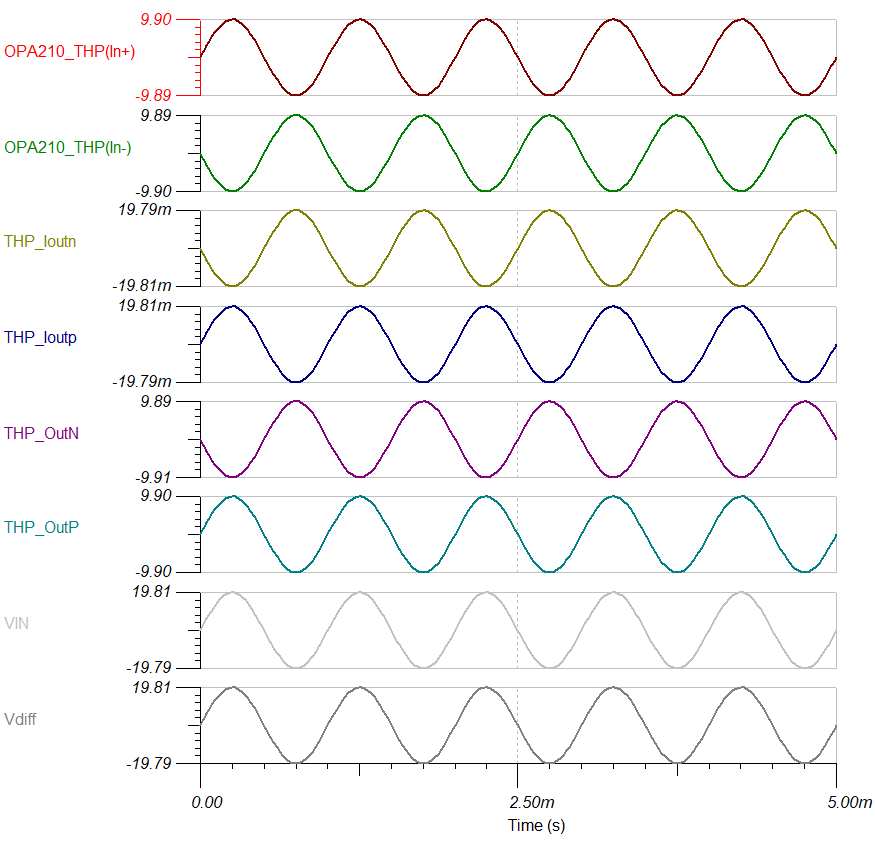 \
\